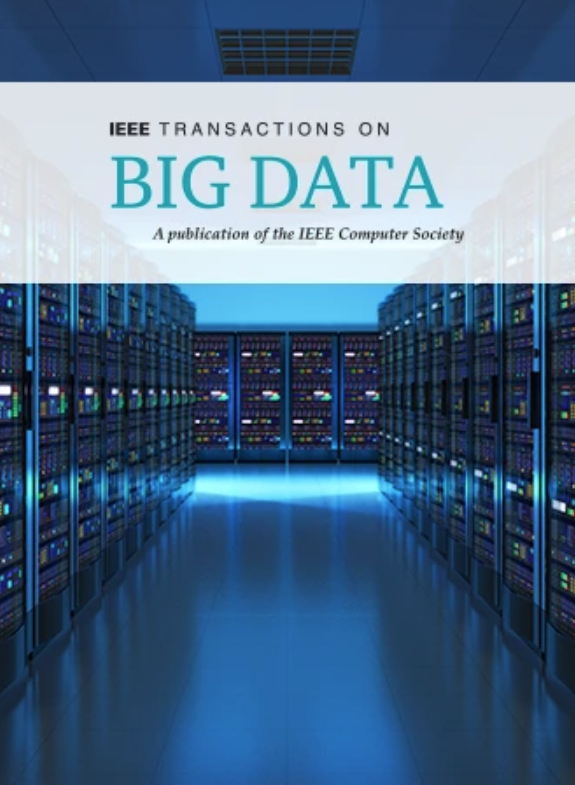m - graphhormer:用于节点表示学习的多通道图转换器
IF 5.7
3区 计算机科学
Q1 COMPUTER SCIENCE, INFORMATION SYSTEMS
引用次数: 0
摘要
近年来,通过促进节点之间的全局交互,Graph Transformer在各种图级任务上显示出了优势。然而,对于节点级任务,现有的Graph Transformer不能像预期的那样执行得很好。实际上,现实世界图中的节点不一定与其他每个节点都有关系,这种全局交互削弱了节点的特征。这就提出了一个根本性的问题:我们是否应该根据图的结构划分出一个合适的交互通道,过滤掉噪声和不相关的信息,使每个节点都能在最优的通道中聚合信息?我们首先在手工创建的具有不同同态比的图上执行一系列实验。令人惊讶的是,我们观察到不同的图结构确实需要不同的最佳交互通道。这让我们不禁要问,是否可以开发一种分区规则,确保每个节点与相关且有价值的目标交互。为了克服这一挑战,我们提出了一种新的图形转换器,称为多通道图形转换器。该模型在6个具有不同同态比的网络数据集上进行了节点分类任务的评估。此外,针对推荐任务在两个真实数据集上进行了综合实验。实验结果表明,该多通道写真机的性能优于现有的基线。本文章由计算机程序翻译,如有差异,请以英文原文为准。
M-Graphormer: Multi-Channel Graph Transformer for Node Representation Learning
In recent years, the Graph Transformer has demonstrated superiority on various graph-level tasks by facilitating global interactions among nodes. However, as for node-level tasks, the existing Graph Transformer cannot perform as well as expected. Actually, a node in a real-world graph does not necessarily have relationships with every other node, and this global interaction weakens node features. This raises a fundamental question: should we partition out an appropriate interaction channel based on graph structure so that noisy and irrelevant information will be filtered and every node can aggregate information in the optimal channel? We first perform a series of experiments on manually created graphs with varying homophily ratios. Surprisingly, we observe that different graph structures indeed require distinct optimal interaction channels. This leads us to ask whether we can develop a partitioning rule that ensures each node interacts with relevant and valuable targets. To overcome this challenge, we propose a novel Graph Transformer named Multi-channel Graphormer. The model is evaluated on six network datasets with different homophily ratios for the node classification task. Moreover, comprehensive experiments are conducted on two real datasets for the recommendation task. Experimental results show that the Multi-channel Graphormer surpasses state-of-the-art baselines, demonstrating superior performance.
求助全文
通过发布文献求助,成功后即可免费获取论文全文。
去求助
来源期刊

IEEE Transactions on Big Data
Multiple-
CiteScore
11.80
自引率
2.80%
发文量
114
期刊介绍:
The IEEE Transactions on Big Data publishes peer-reviewed articles focusing on big data. These articles present innovative research ideas and application results across disciplines, including novel theories, algorithms, and applications. Research areas cover a wide range, such as big data analytics, visualization, curation, management, semantics, infrastructure, standards, performance analysis, intelligence extraction, scientific discovery, security, privacy, and legal issues specific to big data. The journal also prioritizes applications of big data in fields generating massive datasets.
 求助内容:
求助内容: 应助结果提醒方式:
应助结果提醒方式:


